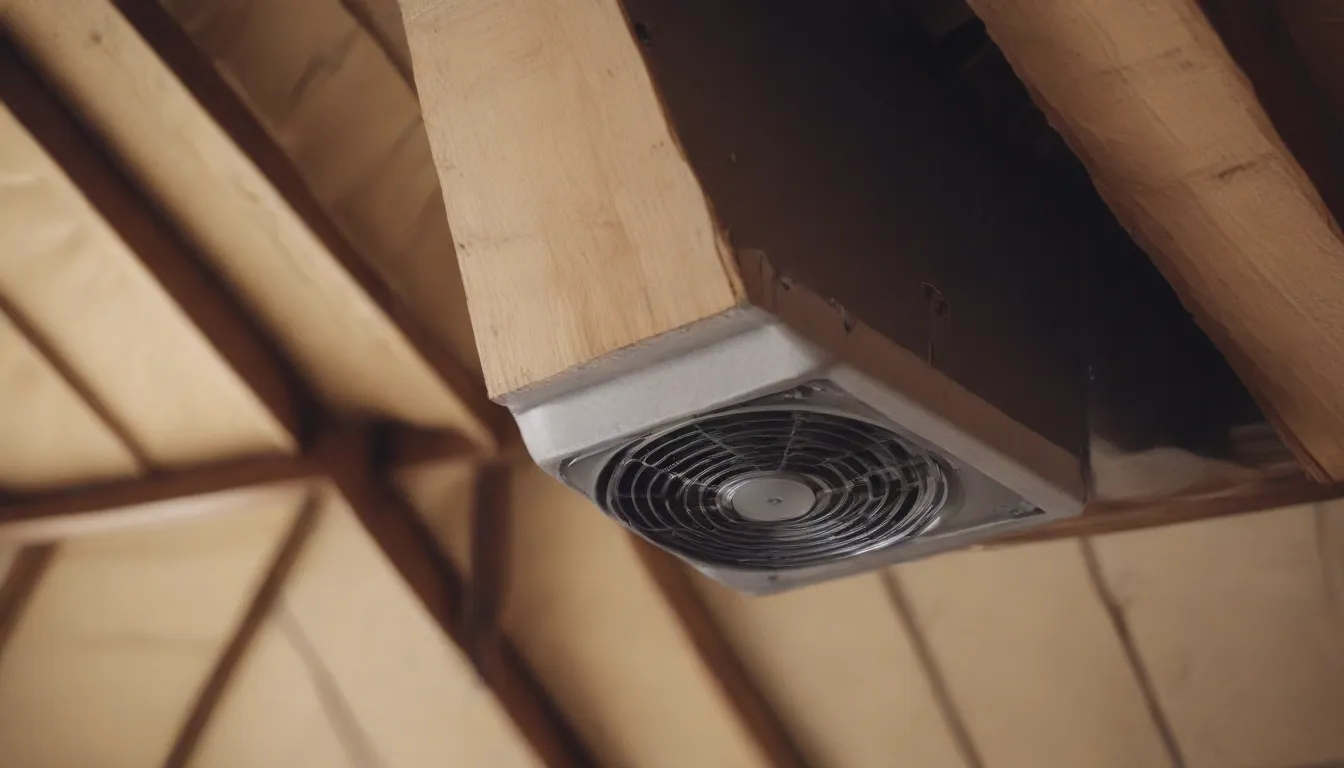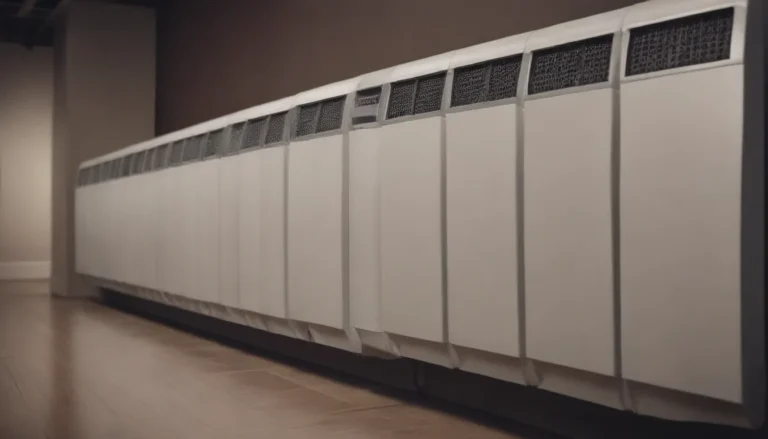Ridge Vent vs. Attic Fan: A Comprehensive Guide to Choosing the Right Ventilation System for Your Attic

Are you looking to keep your attic well-ventilated and prevent issues like mold and damaged shingles? Two popular options for attic ventilation are ridge vents and attic fans. In this detailed guide, we’ll explore the major differences between ridge vents and attic fans, how they work, the installation process, their appearance, the cost to operate each, and which option might be best for your home.
Ridge Vent vs. Attic Fan: Understanding the Key Differences
Both ridge vents and attic fans play a crucial role in promoting airflow in your attic, but they have distinct differences in how they operate:
-
Ridge Vent: A ridge vent is a passive ventilation device that runs along the entire ridge of your roof. It allows for airflow in and out of the attic without the need for mechanical components. Ridge vents are designed to let hot air escape from the highest point in your attic, helping to cool down the space naturally.
-
Attic Fan: An attic fan, on the other hand, is a mechanical ventilation device that helps expel hot air from the attic. When the temperature in the attic reaches a certain level, the attic fan is triggered to turn on and push the hot air out. Attic fans require electricity to operate and are typically installed on the gable or roof of the house.
How Do Ridge Vents and Attic Fans Work?
-
Ridge Vent: Ridge vents work by creating a continuous slot along the ridge of the roof, allowing air to flow in and out of the attic space. Since heat rises, ridge vents are effective in letting hot air escape from the attic without the need for electricity or additional power sources.
-
Attic Fan: Attic fans operate by using a thermostat to monitor the temperature in the attic. When the temperature reaches a set point, the attic fan turns on and pushes hot air out of the attic. To maintain proper ventilation, attic fans also require a passive air intake source to bring in fresh air as the hot air is expelled from the attic.
Installation Process: Ridge Vent vs. Attic Fan
-
Ridge Vent: Installing a ridge vent is typically easier when done during the initial roof installation. Roofers will cut a slot along the ridge of the roof and install the ridge vent material. Cap shingles are often placed over the ridge vent to protect it from debris and provide a seamless look.
-
Attic Fan: Attic fans can be installed either on the gable of the house or on the roof. Installing a roof-mounted attic fan may require more effort to integrate with the existing shingles and ensure proper protection against leaks. Additionally, attic fans require electricity, so an electrician may need to create a dedicated circuit for the fan.
Appearance: Ridge Vent vs. Attic Fan
-
Ridge Vent: Ridge vents are designed to blend in seamlessly with the roofline, making them barely noticeable from the ground. They have a low profile and follow the natural contour of the roof, providing effective ventilation without compromising the aesthetics of the roof.
-
Attic Fan: Roof-mounted attic fans can be more visible and obtrusive, especially if multiple fans are installed. Gable-mounted attic fans are less conspicuous, as they are typically located on the side of the house and may not be visible from all angles.
Cost to Operate: Ridge Vent vs. Attic Fan
-
Ridge Vent: Since ridge vents are passive ventilation devices, they do not require electricity to operate. While ridge vents may need occasional maintenance to clear debris, the overall cost to operate them is minimal.
-
Attic Fan: Attic fans are powered by electricity and may incur operating costs depending on factors such as the size of the house, climate, and number of fans installed. However, the power consumption of attic fans is relatively low, making them an efficient option for maintaining proper attic ventilation.
Which Ventilation System Should You Choose?
When deciding between a ridge vent and an attic fan for your attic ventilation needs, consider the following:
-
Building codes typically require some form of attic ventilation, making both ridge vents and attic fans valuable additions to your home.
-
Ridge vents and attic fans can work together to provide optimal ventilation for your attic. Ridge vents handle passive ventilation until they reach their capacity, at which point attic fans can take over.
-
If you have a high demand for attic ventilation and want a solution that can move a significant amount of air, an attic fan may be the best choice. Attic fans in the mid-price range can move upwards of 5,000 CFM, making them effective for cooling down the attic space.
-
For a cost-effective ventilation solution with lower capacity, ridge vents can be a good option. Plastic ridge vents are affordable and provide continuous ventilation along the roof ridge.
In conclusion, both ridge vents and attic fans play a critical role in maintaining a well-ventilated attic. Consider your specific ventilation needs, budget, and aesthetic preferences when choosing between these two ventilation options. Whether you opt for a ridge vent, an attic fan, or a combination of both, proper attic ventilation is essential for preserving the integrity of your home and improving energy efficiency.





